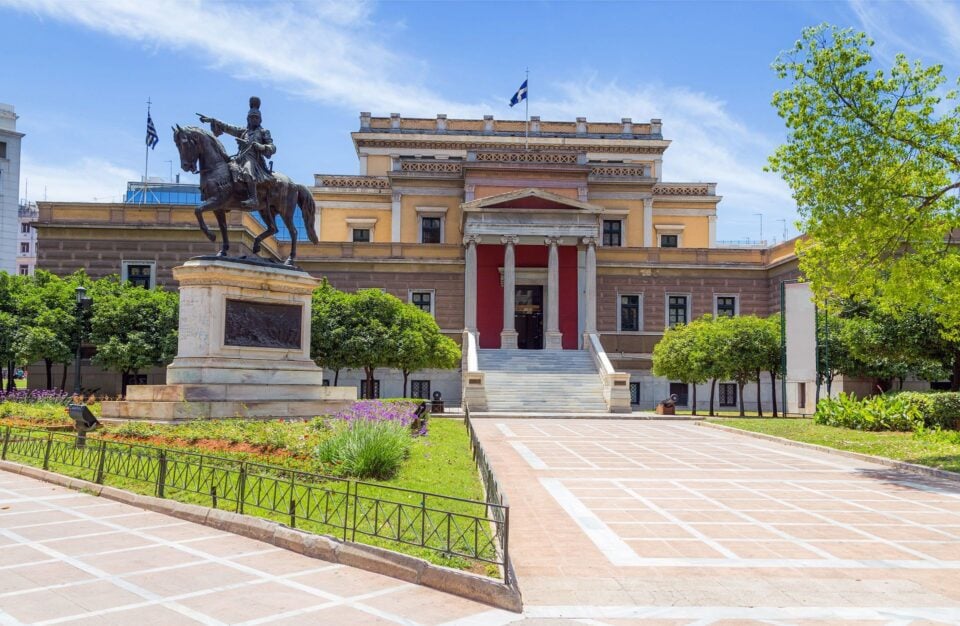The museums of Athens are places that tourists, tired of passive beach vacations, should definitely visit. The ancient city has not only state but also private exhibitions with diverse themes that do not repeat each other. Some take from 1 to 3 hours to explore, while others may require a whole day. The impressions gained will last until the next vacation.
New Acropolis Museum
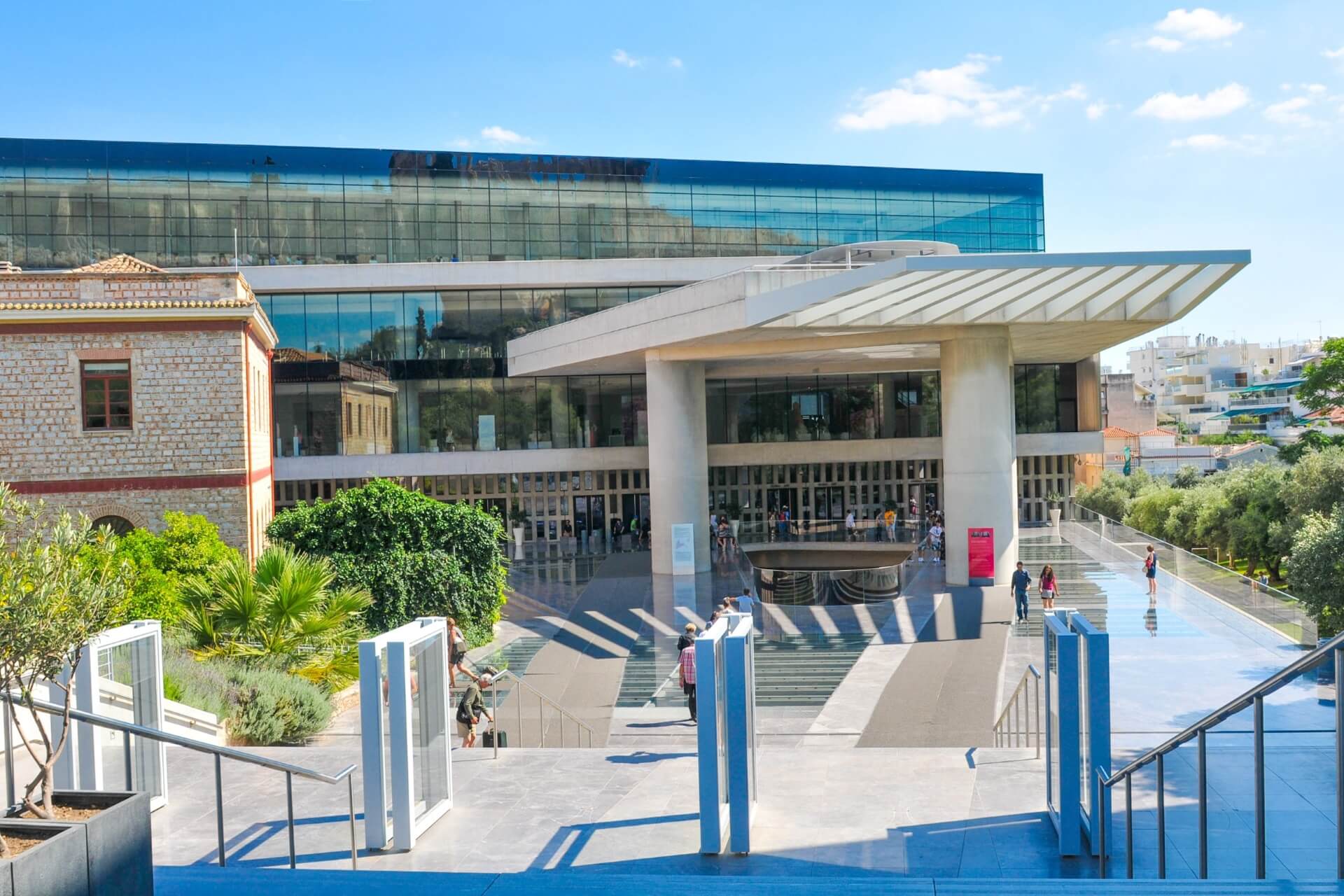
The complex welcomed its first visitors in 2009 and has since been listed among the top 25 museums in the world. It offers fascinating exhibitions and has a complex history. The Greek authorities built the first complex in the 19th century. The collection was based on artifacts found on the Acropolis hill and its surroundings. However, the collection grew, and many items ended up in storage.
The government decided to allow guests to see all the artifacts, so a new complex was to be built. A competition was announced, but no winner was determined. The same happened with the second competition. In the third round, foreign projects were allowed to participate. Italian architects won the tender.
Construction began, but it was discovered that the new building site contained remnants of an ancient settlement. Construction was halted again. This time, the authorities stipulated that the building should not cover the ancient structures but incorporate them. The new winners of the competition succeeded in this.
The complex consists of several parts:
- The first floor has a transparent floor, showing the foundations of houses and ancient utensils. There is also a unique hall with a floor inclined towards the hill, made of high-strength glass, giving tourists the feeling of climbing the Acropolis.
- The second floor displays finds from the Archaic period, with large windows allowing ample light to view the exhibits.
- The third floor features finds from the Parthenon, oriented to replicate the temple’s layout.
There is a cozy restaurant on the second floor where tired tourists can enjoy national cuisine. The complex is open from 8 AM to 8 PM every day except Monday and Friday. On Monday, it is open from 8 AM to 4 PM, and on Friday from 8 AM to 10 PM.
National Archaeological Museum
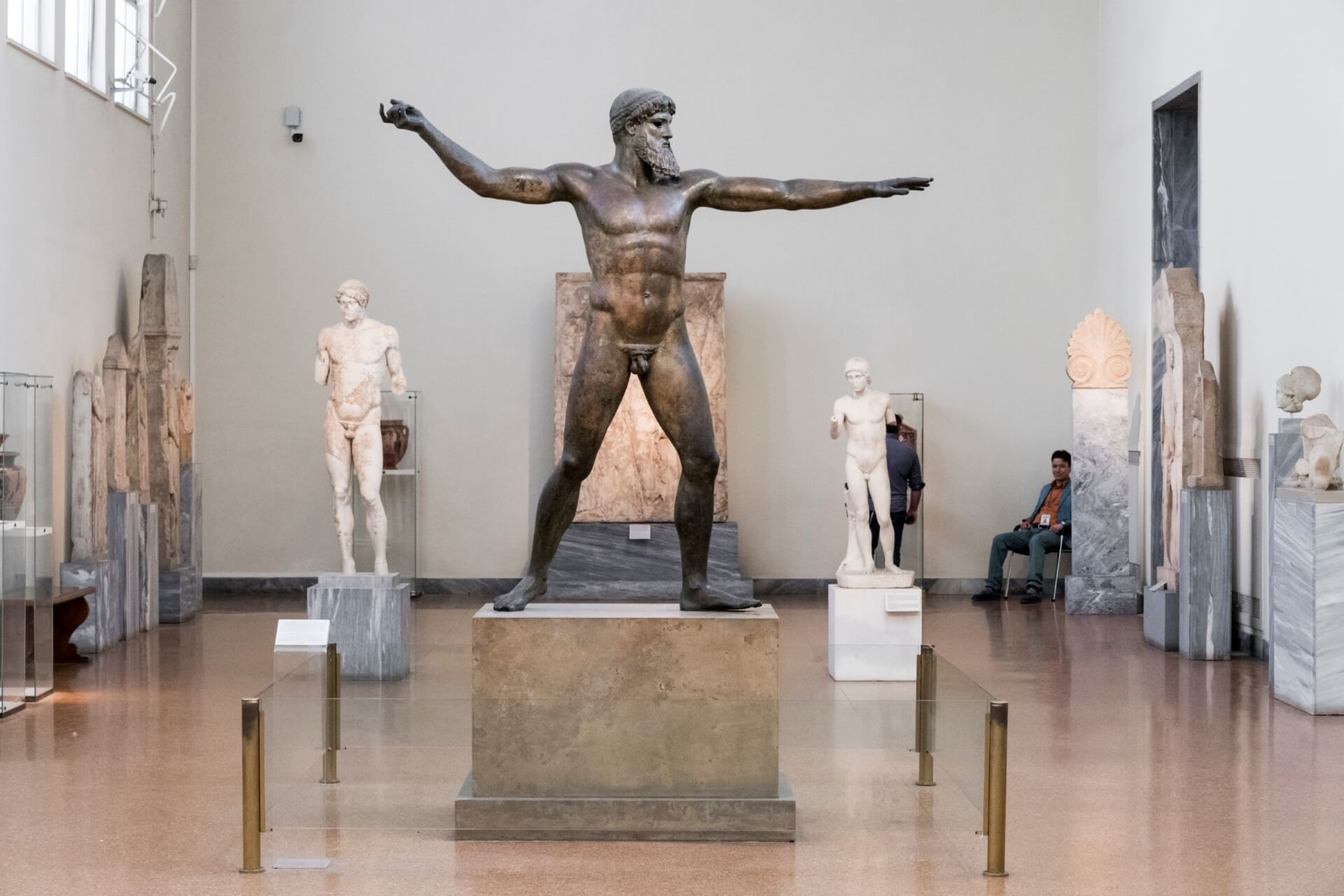
This exhibition complex was founded in the late 19th century. The land was donated by philanthropist Eleni Tositsa, but it was built with funds from the state budget. Remarkably, the first visitors toured the exhibition in the still under-construction museum. During World War II, measures were taken to preserve the collection. Artifacts were moved to bank vaults, caves, and hidden.
The artifacts were saved from destruction. In 1964, after extensive reconstruction, visitors were presented with an updated exhibition. In 1983, the complex’s mission expanded to include teaching archaeology and introducing citizens to ancient art.
Today, tourists can see valuable collections of:
- Sculptures
- Vases and household items
- Bronze artifacts
- Near Eastern and Egyptian antiquities
- Cycladic, Neolithic, Minoan, and Mycenaean civilization objects
The complex has its own laboratory and restoration workshops, working continuously to preserve artifacts. The museum is open from 8 AM to 8 PM every day except Monday, when it opens at 1 PM.
Benaki Museum
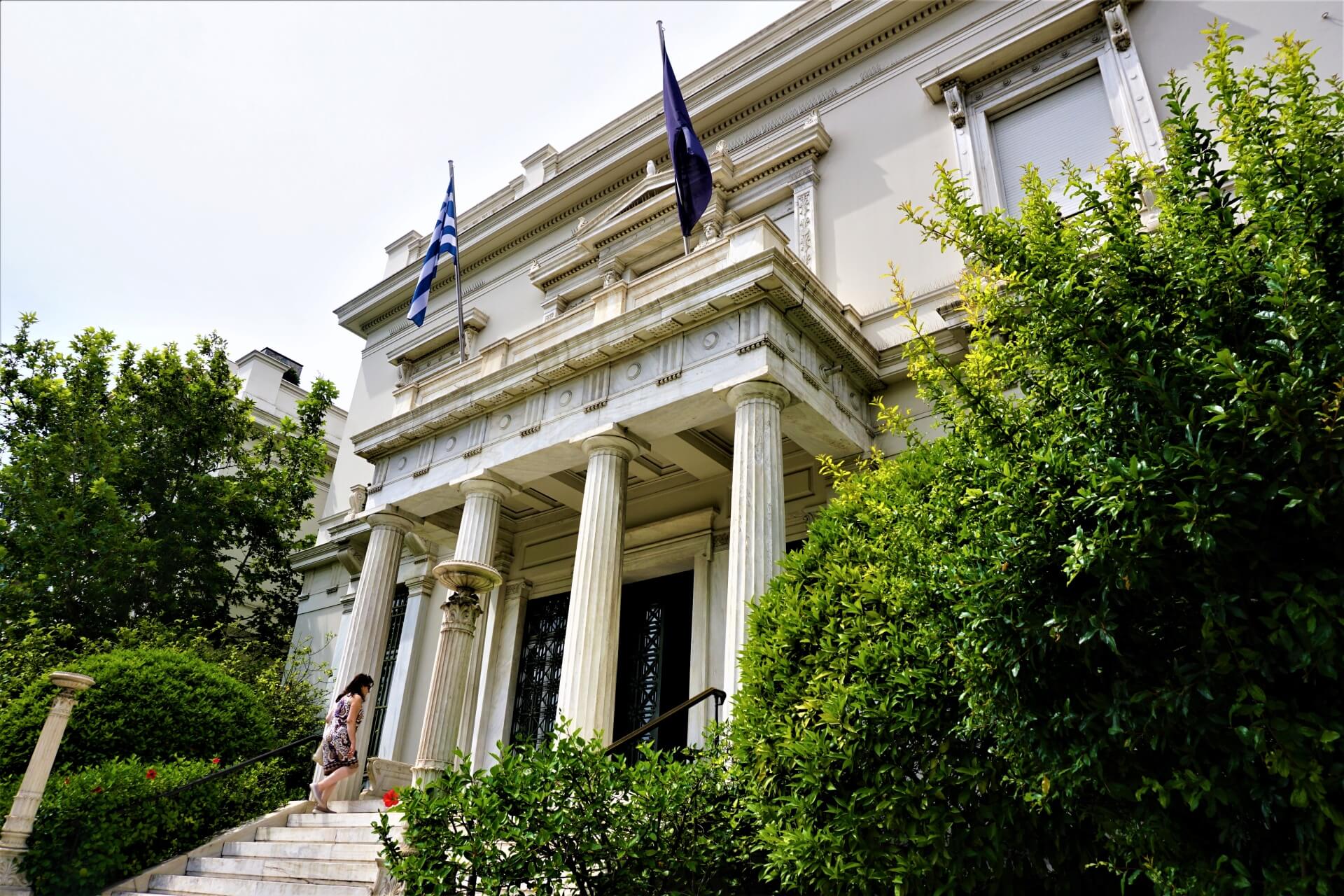
The exhibition is housed in a building constructed by entrepreneur Emmanuil Benakis in the 19th century. His son, Antonis Benakis, collected artifacts from various eras and cultures. After Emmanuil’s death, Antonis opened the first private museum in the country.
Antonis managed the complex until his death in 1959, after which his heirs continued the family tradition. Until 2000, the entire collection was housed in the Benaki home, but after renovations, the home now only displays items related to Greek culture. The rest of the collection is in specially built buildings.
The Benaki Museum is the most visited complex, showcasing priceless artifacts. It is open on Wednesday and Friday from 9 AM to 5 PM, on Saturday from 9 AM to midnight, and on Sunday from 9 AM to 3 PM. Admission is free on Thursdays and International Museum Day (May 18).
Byzantine Museum
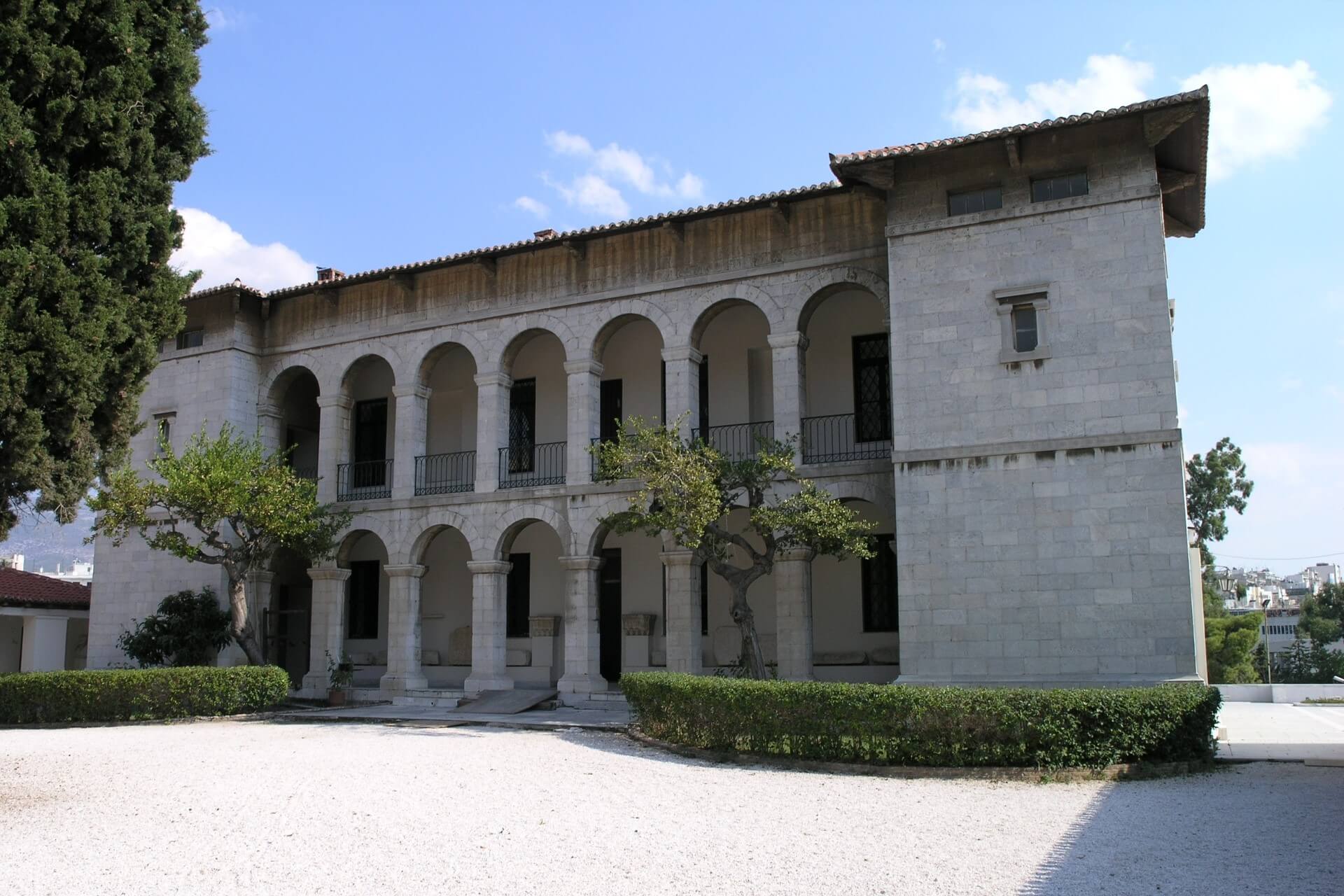
The foundation of this exhibition was laid by finds collected by enthusiasts in 1914, with help from the Christian Archaeological Society. Director Adamandios Adamantiou attracted patrons who funded the building’s purchase.
Initially, the finds were displayed on the first floor of the Athens Academy. The collection grew, requiring a new building. In 1930, it moved to the Ilisia estate, once home to Duchess Sophie de Marbois-Lebrun.
The building underwent major renovations, with changes limited to the interior. The villa’s courtyard is beautifully designed with a fountain, Byzantine mosaics, and orange trees. After viewing the exhibits, it is pleasant to relax here.
The current exhibition is divided into two sections:
- Antiquity (Byzantium)
- The Byzantine world
Notable exhibits include icons of Saint Catherine of Alexandria, the Virgin of Prolontida, and Saint George, partly made of gold and silver. The museum is open daily from 8 AM to 8 PM, except on Good Friday (noon to 5 PM), January 1, December 25-26, and Easter.
Museum of Cycladic Art
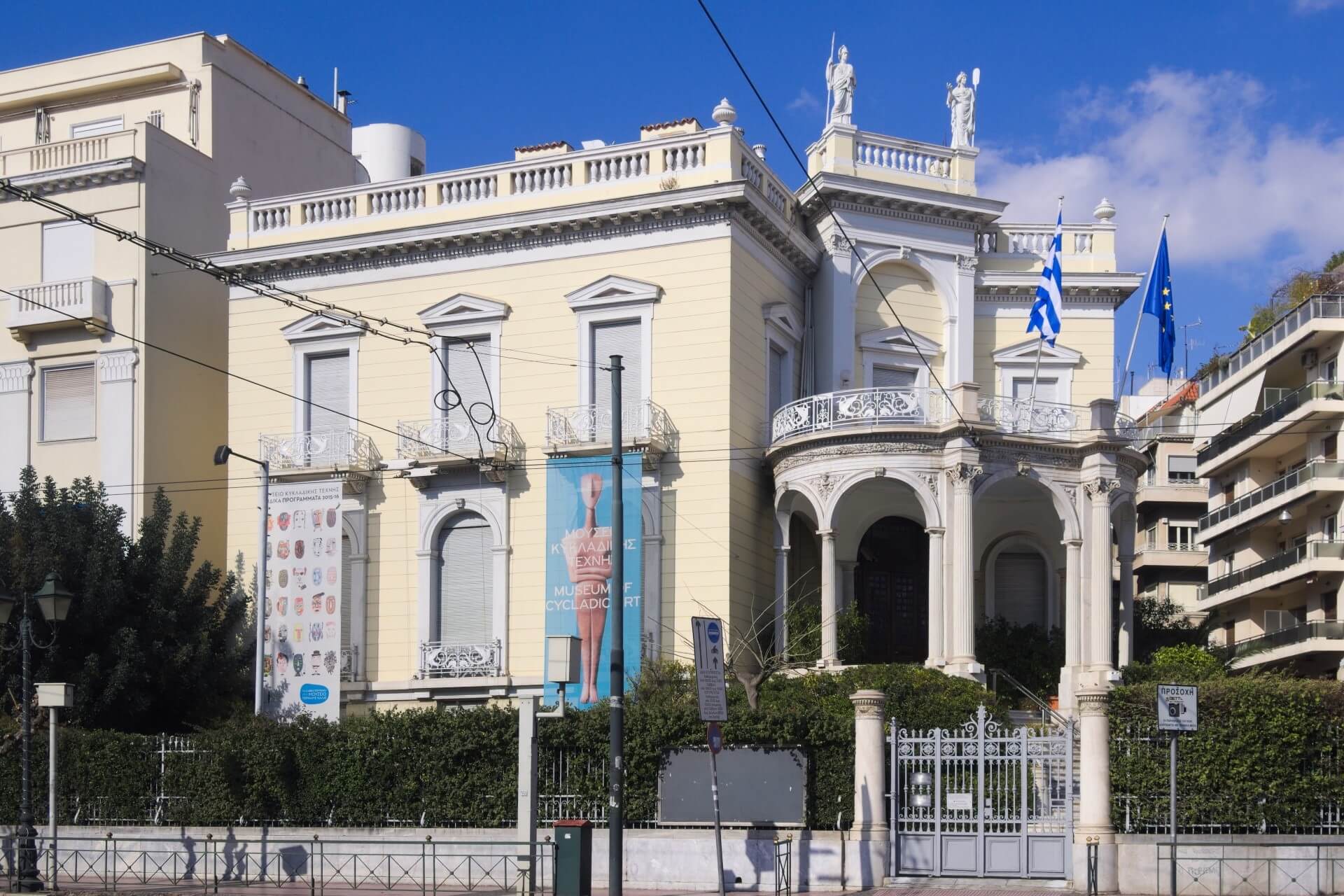
The collection was started by Greek collector Nicolas Goulandris, who received permission to collect artifacts in the Cyclades. In 1960, he gathered the first items, which he lent to the Benaki Museum for an exhibition in 1978. These included marble figurines and various vessels.
The collection has been exhibited worldwide: in Madrid, Washington, the UK, Tokyo, and Brussels. After Nicolas’s death, his widow donated the collection to Greece, and since 1986, it has been housed in the Goulandris home. The collection continues to grow, and in 1990, a new wing was added.
The exhibition is divided into three periods:
- 3200-2000 BC (Cycladic culture)
- 2000-4000 BC (Ancient Greek culture)
- 4000-6000 BC (Cypriot culture)
The museum is closed on Tuesdays. On Monday, Wednesday, Friday, and Saturday, it is open from 10 AM to 5 PM, on Thursday from 10 AM to 8 PM, and on Sunday from 11 AM to 5 PM.
Museum of the City of Athens
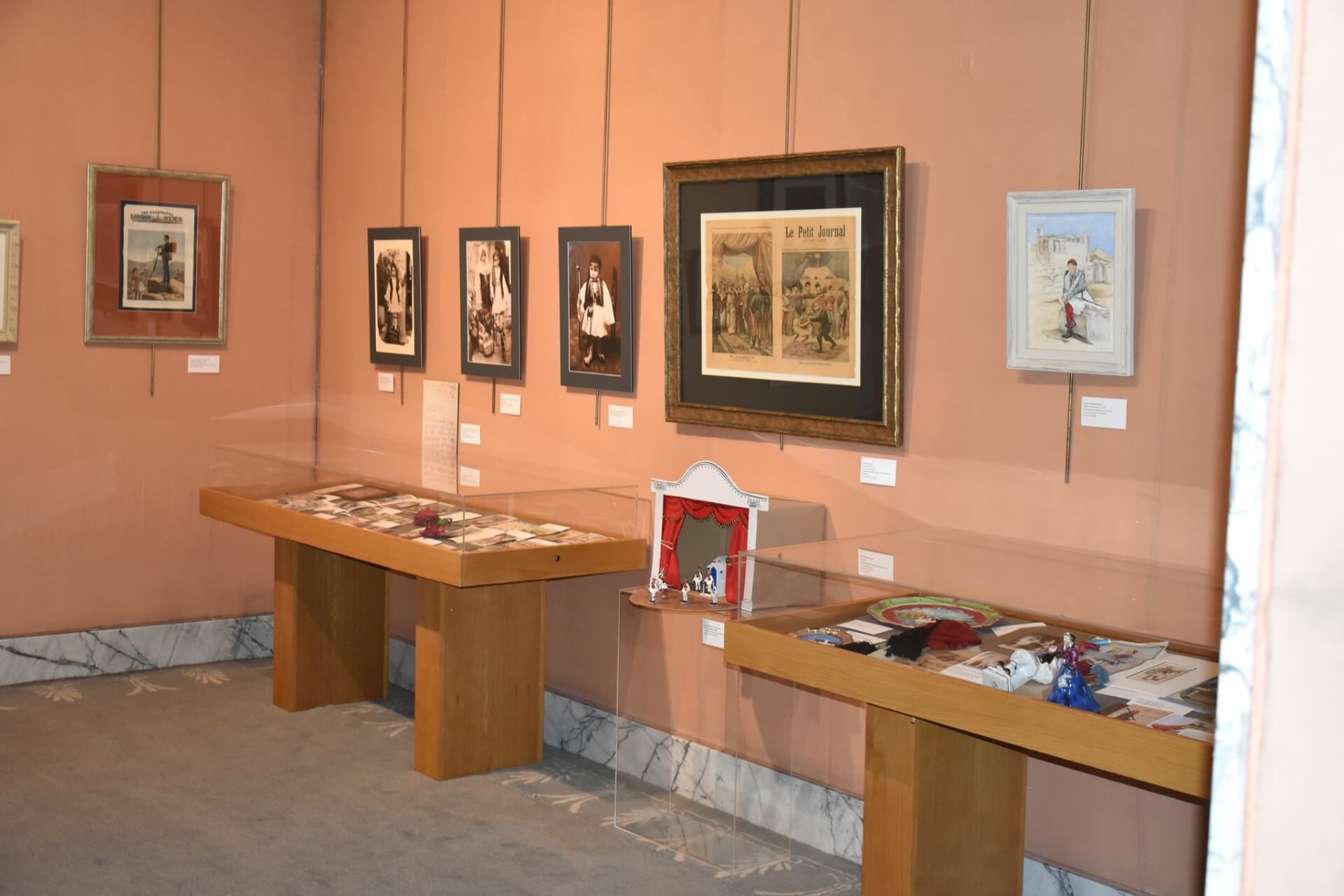
Founded in 1980, the exhibition covers Greek history from Frankish rule to the 19th century. It mainly features personal items of the royal family and aristocrats. The center consists of two buildings connected by a covered passage. The first, Paparrigopoulou 7, houses the apartments of King Otto and Queen Amalia, with a romantic atmosphere.
The second, Paparrigopoulou 5, has a fine art gallery and reconstructed 19th-century noble rooms. The center is open on Saturday and Sunday from 10 AM to 3 PM, and on Monday, Wednesday, Thursday, and Friday from 10 AM to 4 PM. It is closed on Christmas, New Year, and Easter.
Numismatic Museum
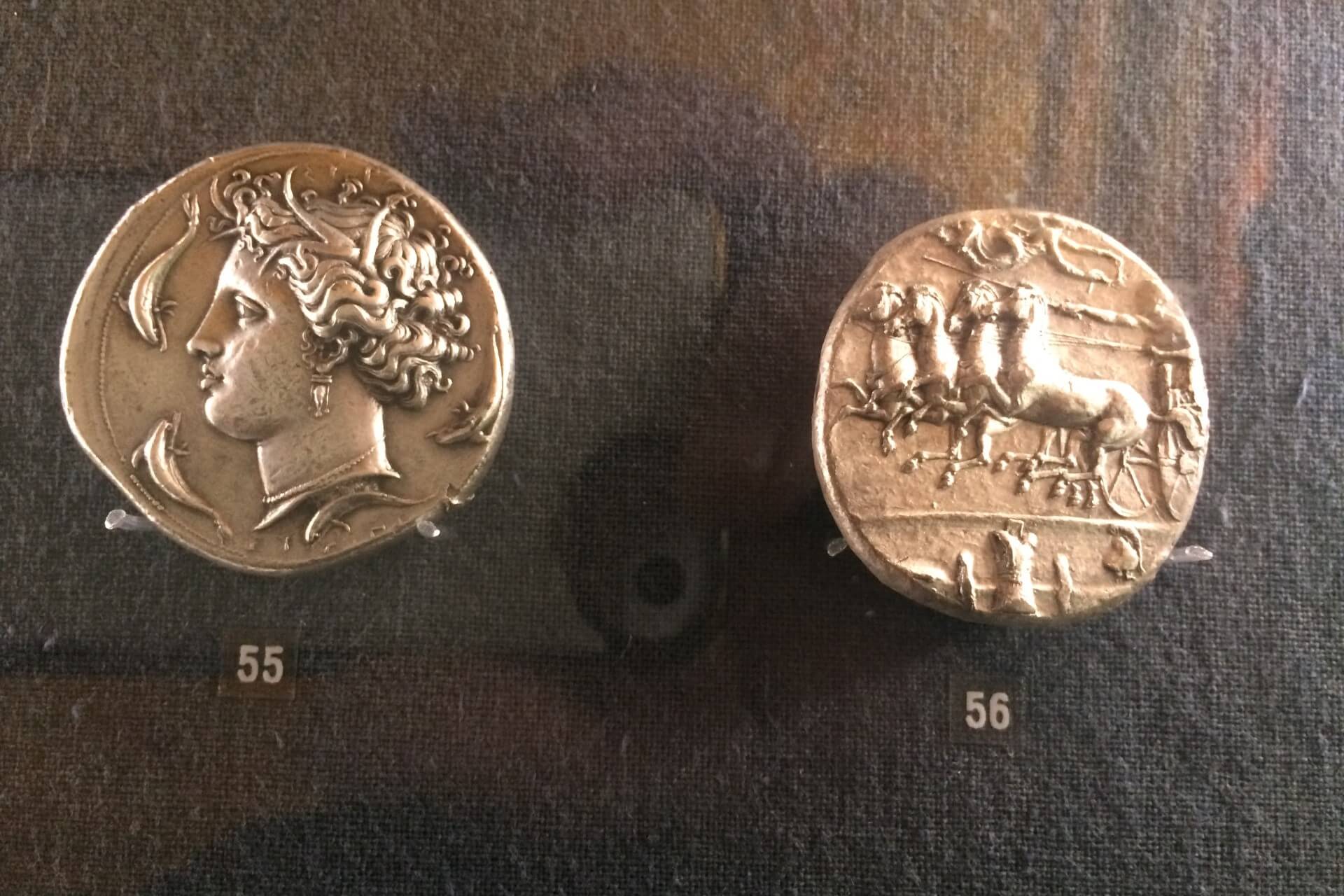
Established in 1834, the exhibition has many unique artifacts but no permanent home. Enthusiasts finally secured a building: Heinrich Schliemann’s former mansion, which opened in 1999. However, the building had been abandoned and needed renovation.
Visitors start with a hall dedicated to Heinrich Schliemann and his family, with personal items honoring the archaeologist. Subsequent rooms showcase coins, teaching how ancient Greeks identified counterfeit money and more. The center also has a lecture hall and a small mint, where tourists can hear a brief history of money and mint their own coins.
The museum is open from 9 AM to 5 PM. It is closed on Christmas, New Year, and Easter.
War Museum
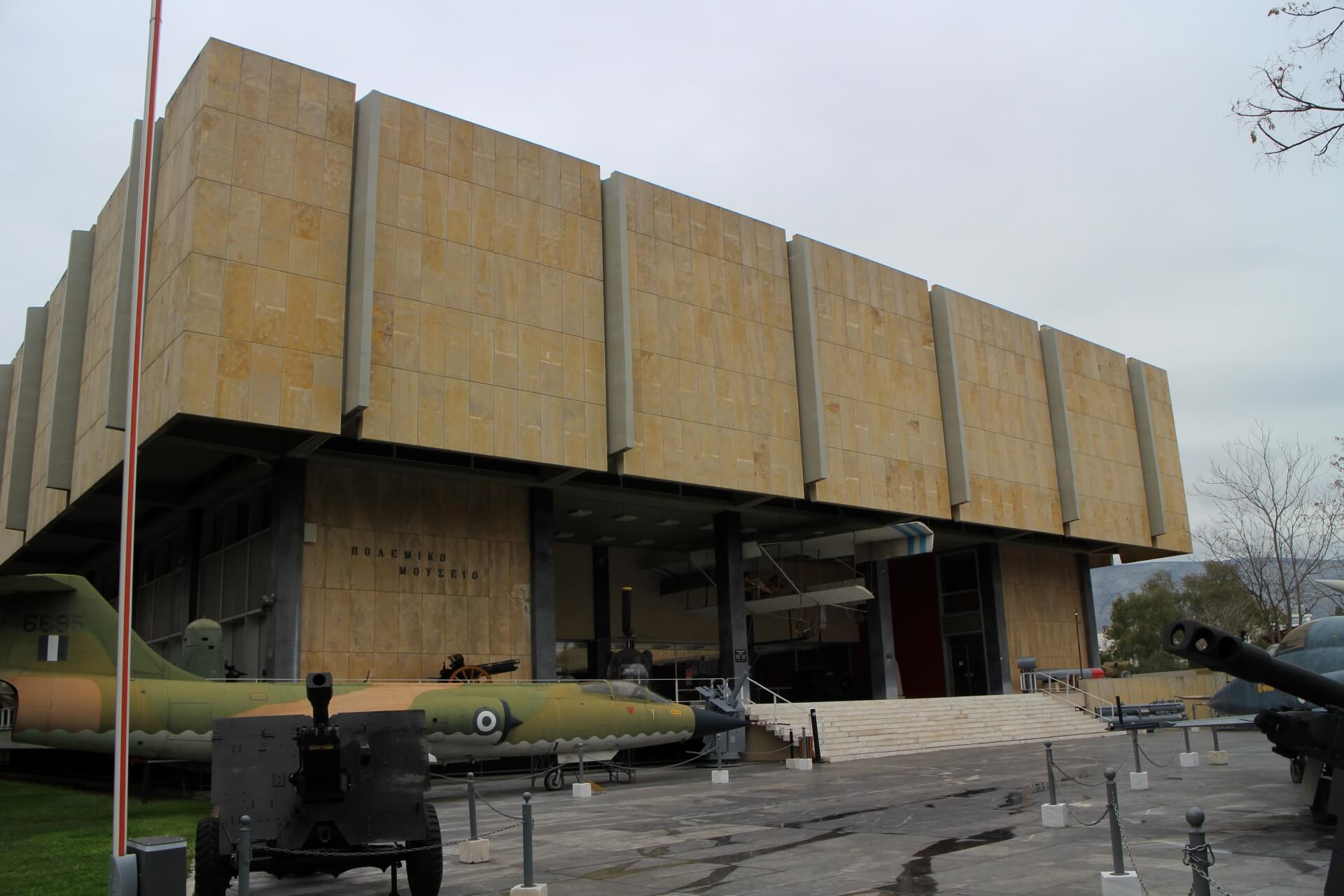
In 1964, Greece decided to create a War Museum to reflect the nation’s struggle for freedom. The project was realized in 1975 at the intersection of Rizari Street and Queen Sophia Avenue, once a military camp between World Wars I and II.
Construction began in the 1970s, and the museum opened in 1975. It features an indoor and outdoor exhibition. Inside are:
- 11 halls chronologically depicting Greece’s wars
- A collection of weapons donated by Petros Saroglou, with artifacts from around the world
- Temporary and thematic exhibitions
Outside is a military technology museum with heavy equipment from different eras. The museum is open Tuesday to Saturday from 9 AM to 5 PM, Monday from 11 AM to 4 PM, and Sunday from 9 AM to 11 AM. It is closed on Good Friday, Christmas, January 1, and Easter.
Delphi Travel Guide: 8 Highlights of Greece Treasure
Museum of the History of the University of Athens
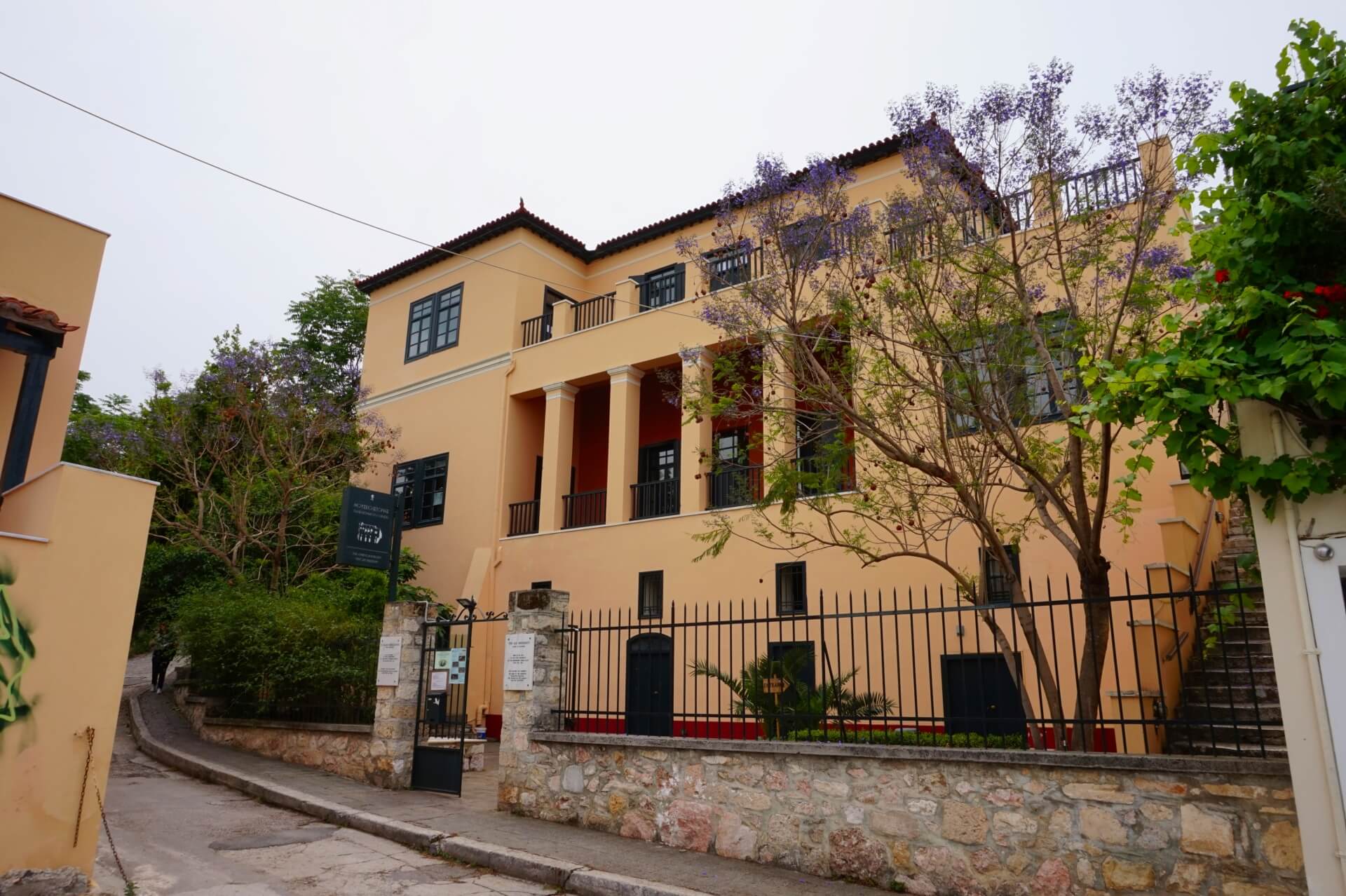
One of Athens oldest buildings, constructed during the Ottoman Empire, was bought by Kleanthis and Schaubert in 1931, who converted it into an architectural office. In 1837, it became home to the young University of Athens. Kleanthis sold the building in 1861.
The Greek government declared it a historical monument, and in 1959, the university reclaimed it. The museum opened in May 1987, celebrating the university’s 150th anniversary. The exhibition covers the institution’s history and departments. It is open from 9 AM to 5 PM, closed on Christmas, New Year, Good Friday, and Easter.
Kerameikos
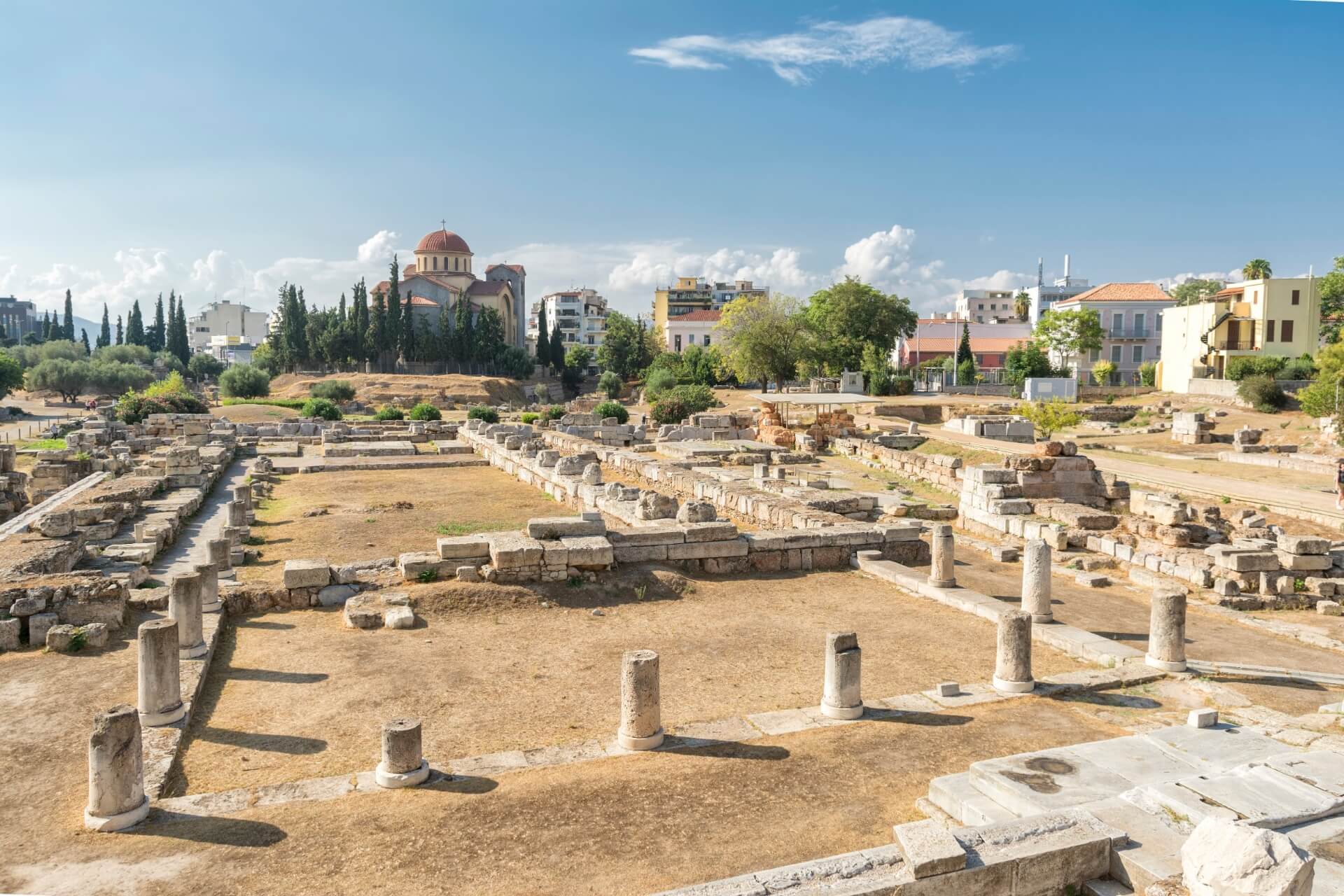
Kerameikos is the oldest and largest cemetery found in Greece. Near the Dipylon and Sacred Gates, it was once a burial site for Athenian nobles. The name’s origin is unclear, possibly from the hero Keramos or the nearby potters’ quarter (Kerameikos) by the Eridanos River.
Visitors should note the gravestones, tombs, and crypts. The Kerameikos Museum within the cemetery displays offerings left for the deceased, like pottery, jewelry, and amphorae with wine and oil. It is open from 8 AM to 8 PM.
Frissiras Museum
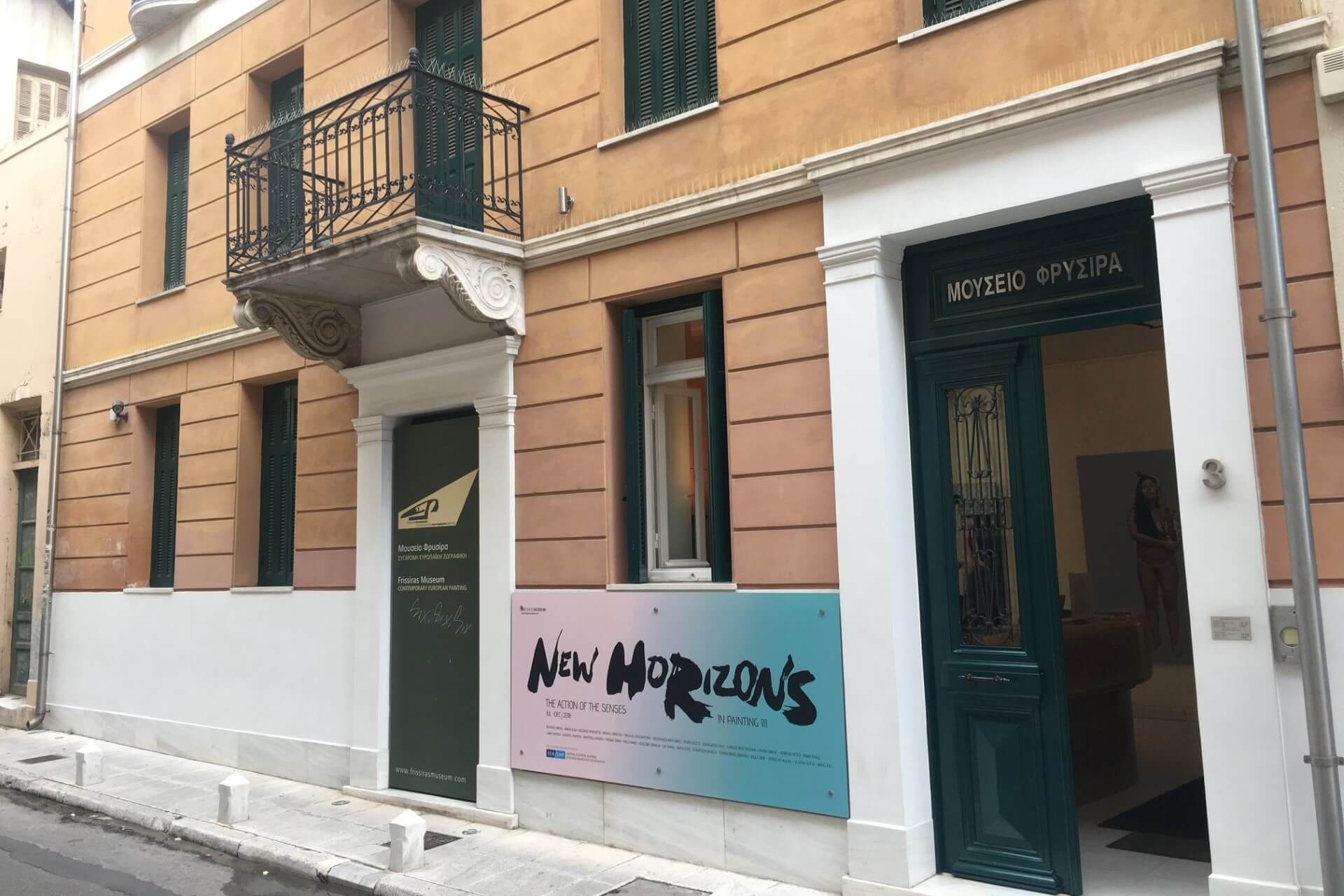
A permanent exhibition since 2000, housed in a specially equipped 1860 building. Before housing Vlassis Frissiras’s collection, the building underwent renovation. Frissiras amassed a vast collection of 20th-century European paintings and drawings, with over 5,000 items.
Tired visitors can snack at the on-site café, serving national and European dishes, and visit the souvenir shop. The museum is open Wednesday to Friday from 10 AM to 5 PM, and Saturday and Sunday from 11 AM to 5 PM.
Museum of Greek Folk Musical Instruments
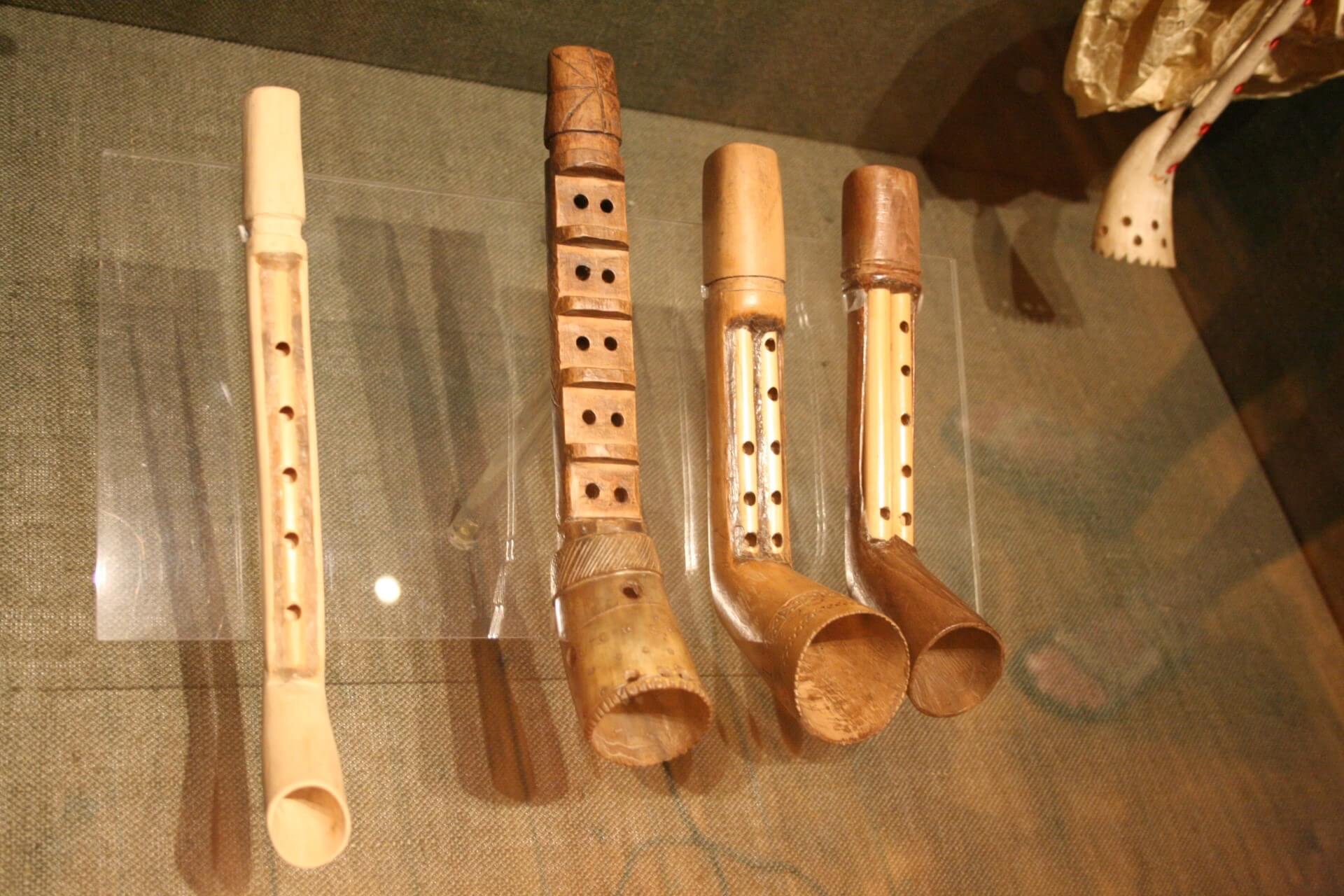
The exhibition is based on researcher Phoivos Anoyanakis’s collection of musical instruments from different eras. He donated the collection to the city in 1978. Today, the museum has over 1,200 items, half of which are on permanent display. The rest are part of thematic exhibitions and displayed in other complexes.
The center has three floors:
- The first floor displays percussion instruments: drums, tambourines, and tambourines. Wind instruments such as pipes and bagpipes are also exhibited.
- The second floor showcases stringed instruments: guitars, lutes, and cimbaloms.
- The third floor features items that create sound within themselves, showing the creativity of the people.
Some instruments are richly decorated with bone, precious metals, and stones. The museum is a treasure for musicians and music lovers. It is open every day except Monday from 8 AM to 3 PM.
Museum of the History of Greek Costume
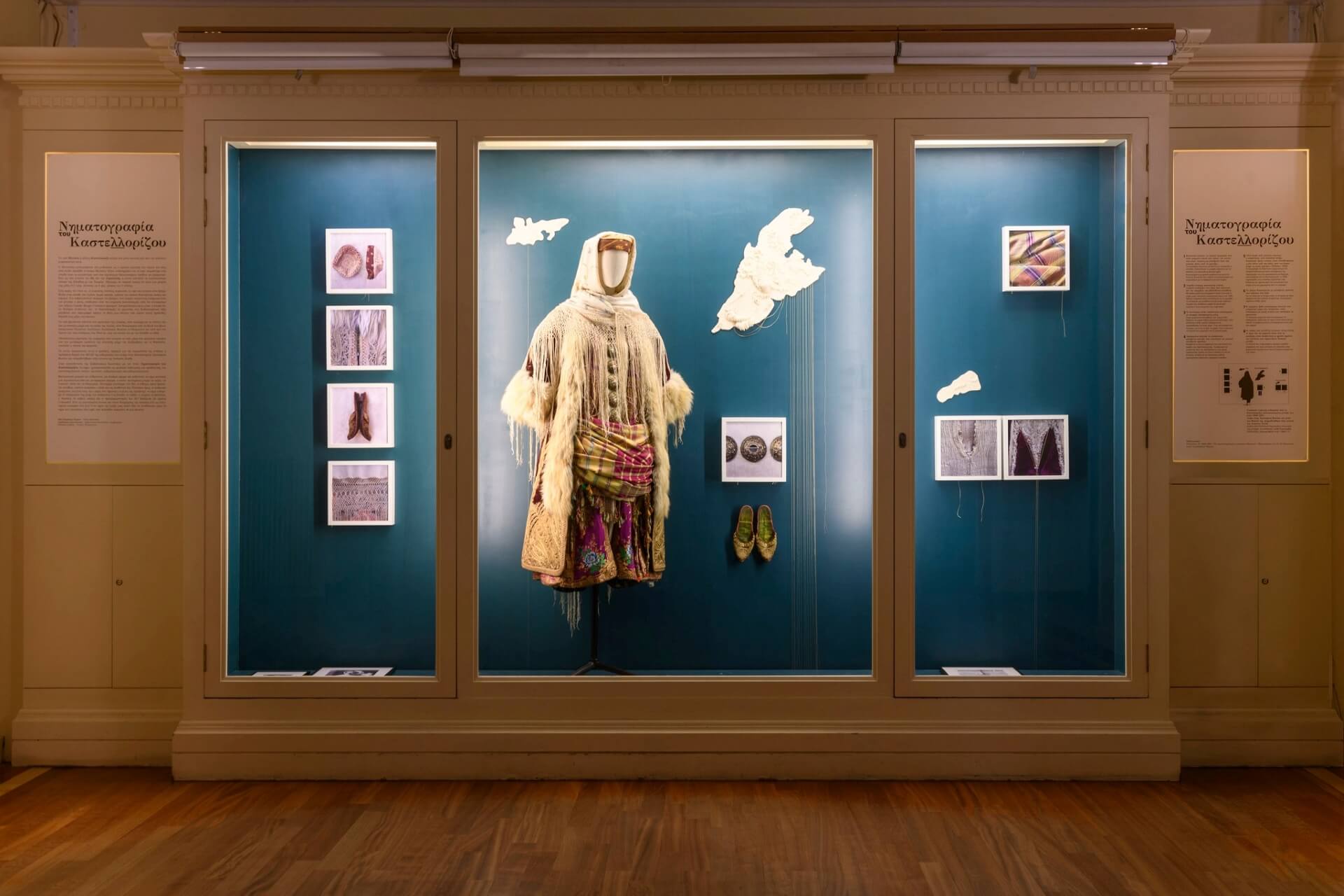
Founded in 1988 by the Athens Women’s Lyceum Club with support from Culture Minister Melina Mercouri. The club acquired its first costumes in the 1920s for use in plays and concerts. Today, the club owns over 250,000 items.
Some costumes are on permanent display, while others participate in performances and thematic exhibitions. The museum is open from Monday to Friday from 10 AM to 3 PM.
Archaeological Museum of Piraeus
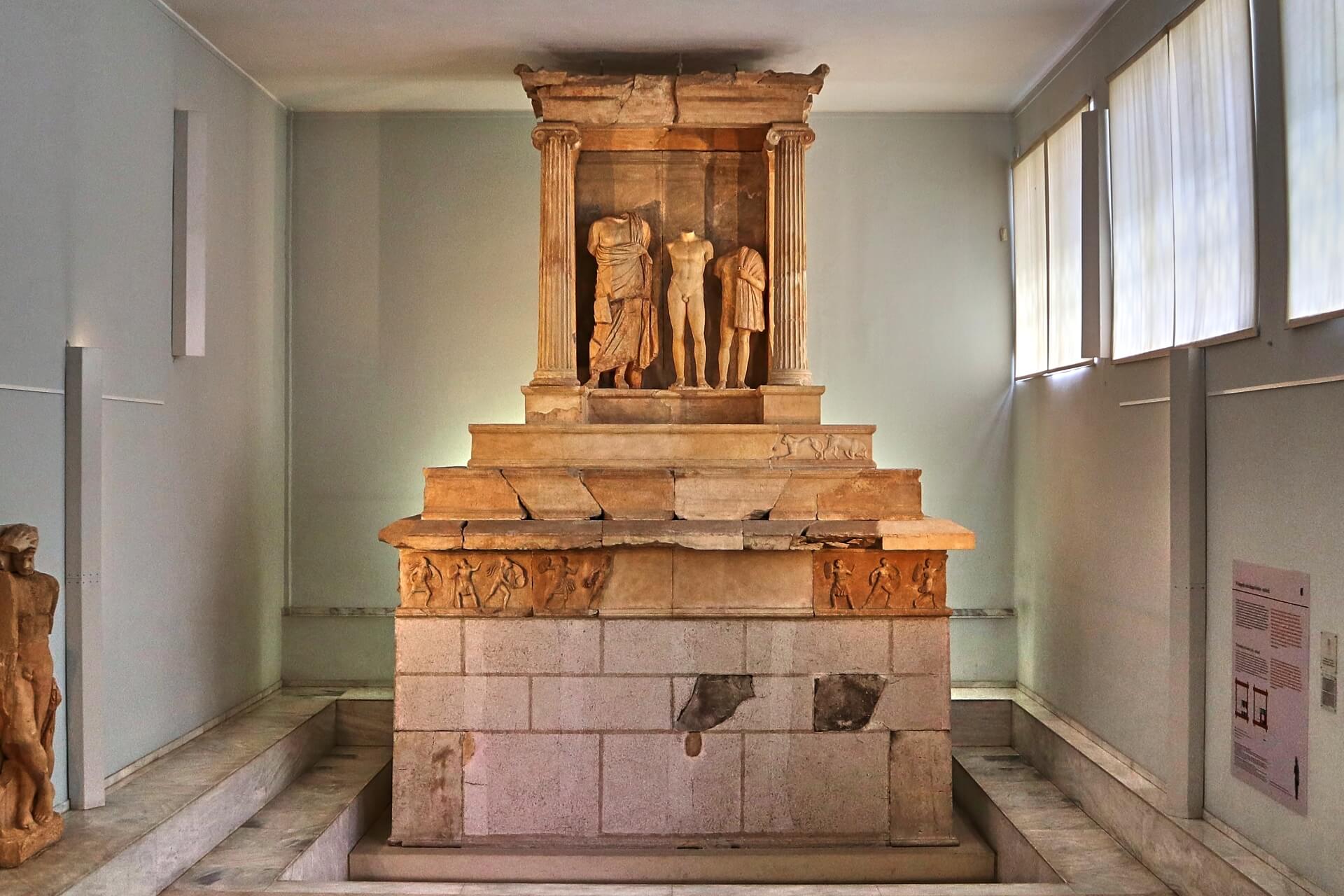
This museum is for those who want to delve deeper into Greek history. The exhibition covers the development of Athens as a trading center in the Eastern Mediterranean and a shipbuilding hub. Artifacts span from the Mycenaean period to Roman rule.
Most exhibits were found in Piraeus, some retrieved from the sea. These include bronze and marble statues and bas-reliefs. The museum has its own laboratory for artifact preservation and a large storage area for items used in thematic exhibitions.
The center has a lecture hall where staff share lesser-known aspects of Athens history. It is open Tuesday to Sunday from 8 AM to 3 PM, and on Good Friday from noon to 5 PM. It is closed on January 1, Christmas, and Easter.
National Art Gallery
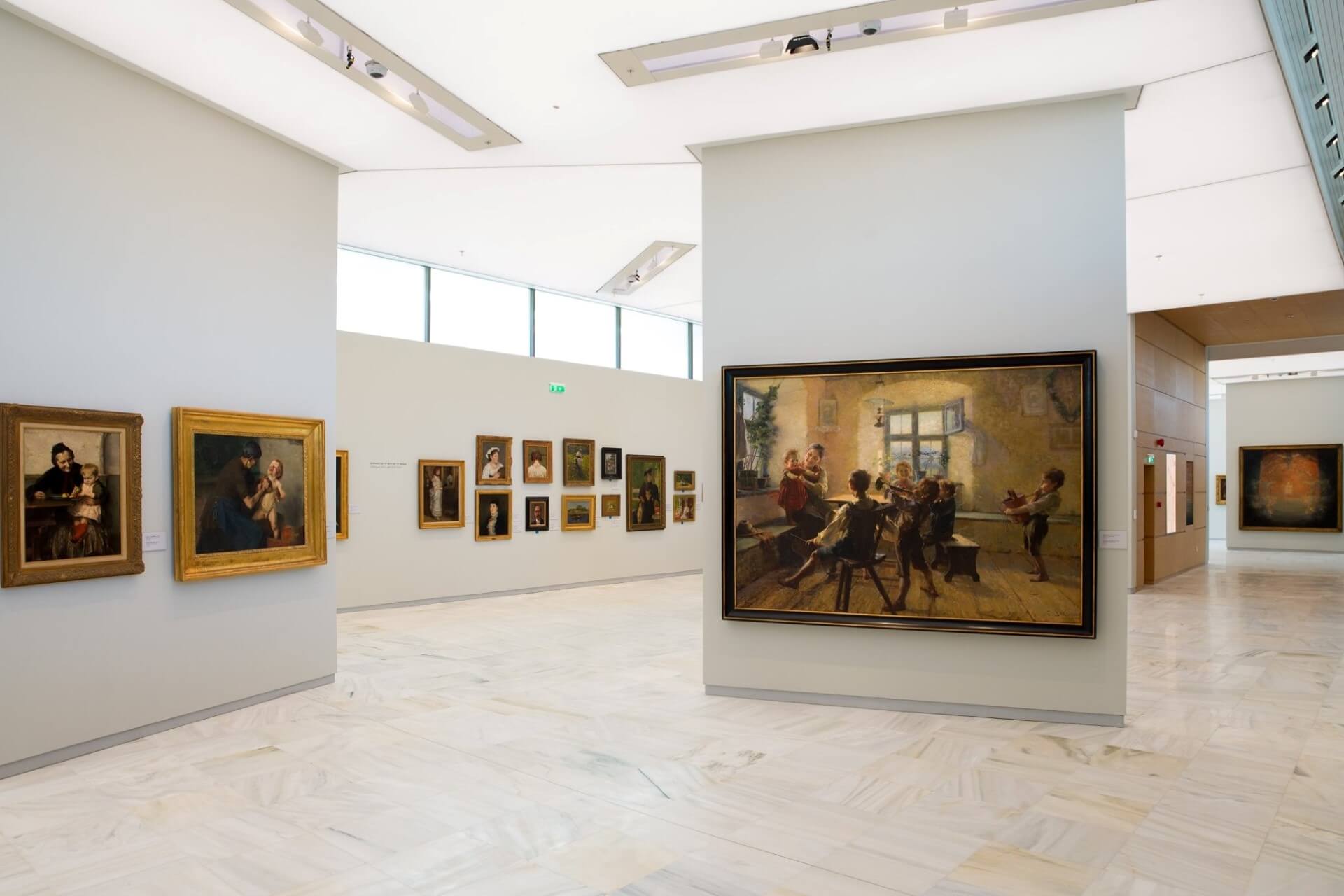
In 1878, the Athens University donated its art collection to the state. Philanthropist Alexandros Soutsos also donated his collection, founding the gallery. It was initially housed in the university, moving to its own building in 1900.
The gallery’s initial collection was small, about 250 artworks, but citizens continued to donate valuable paintings, including a collection from Evripides Koutlidis of 19th-20th century artists.
Today, tourists eagerly visit the gallery to see masterpieces by El Greco, Dürer, and Giordano. The gallery also hosts thematic exhibitions. It is open daily except Tuesday from 9 AM to 4 PM.
Railway Museum

Founded in 1979, the museum showcases trains and trams on a small 1,200 square meter area. Visitors can see:
- The oldest train built in 1884
- Sultan Abdul’s personal carriage with smoking compartments
- Unique photos and maps
- An old tram
- Railway and tram tickets
- Railway staff uniforms
- Trophies captured by the Greek army in the Balkan Wars
The museum is open Tuesday, Thursday, Friday, Saturday, and Sunday from 9 AM to 1 PM, and Wednesday from 5 PM to 8 PM. Admission is free!
Library of Hadrian
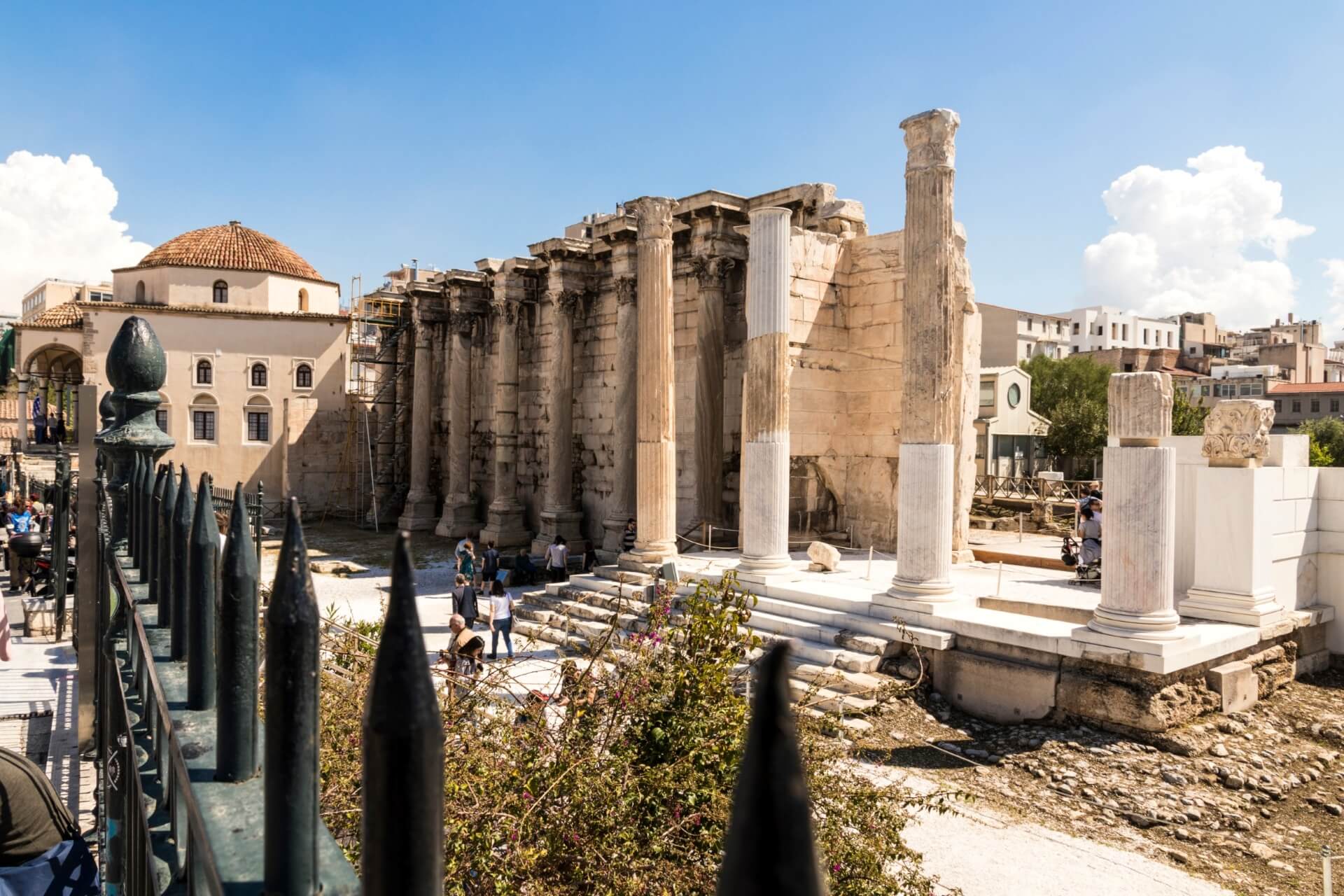
Built during Roman Greece by Emperor Hadrian, it served several functions:
- A library with a reading room, housing over 16,000 units. The emperor ensured visitors had access to valuable manuscripts.
- A hall for debates and lectures
- Rooms for translating documents from foreign languages
- Possibly a theater
Visitors could rest in the courtyard by the fountain, surrounded by statues of Emperor Hadrian. The library had a tumultuous history, operating for a century before being looted and destroyed by Germanic tribes. It later served various functions before being abandoned.
After reconstruction, the library reopened as a museum in 2004. It is open from 8 AM to 7:30 PM in summer, and from 8 AM to 3 PM in winter.
Theater Museum
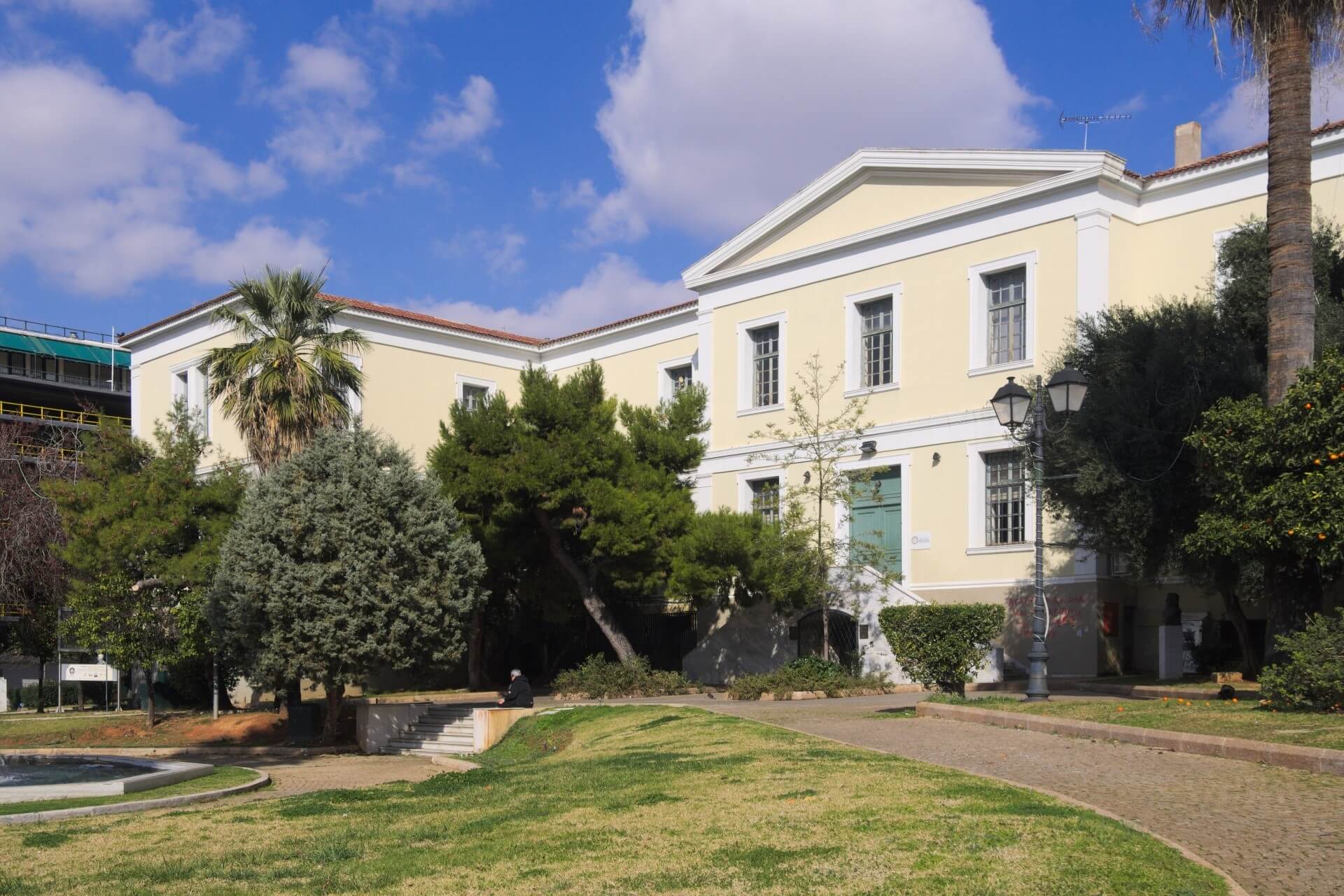
Known worldwide as the birthplace of theater, Greece has a rich theatrical history. The museum displays:
- Stage sets
- Personal items of famous actors
- Ancient masks
- Theatrical costumes
- Posters, programs, and tickets
- Photos
The museum also houses a library and phonotheque for research. It is open from 9 AM to 2:30 PM.
Tower of the Winds
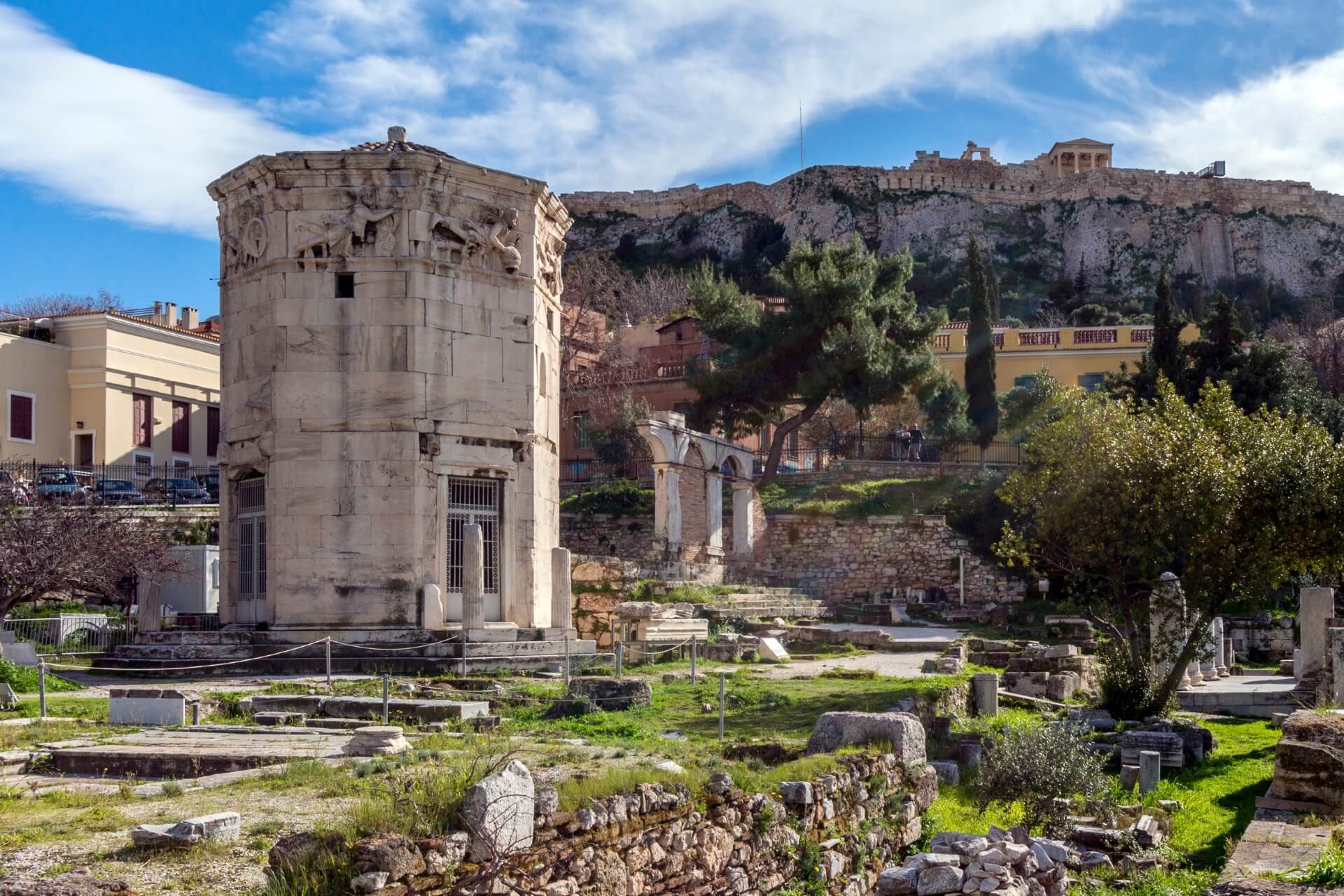
The exact construction date of the Tower of the Winds is unknown, but it is recognized as the first monument dedicated to science. It helped ancient Greeks tell time and predict the weather, with the gods aiding the forecasts:
- All winds: Eurus, Boreas, Apeliotes, Cecias, Skiron, Lips, Zephyrus, and Notus, indicating direction
- Triton, represented as a weathervane
The tower served as a weather station, later used as a Christian church and then a dervish residence. Eventually abandoned, it was reconstructed in the early 20th century, with stucco restored in the 1970s. However, much work remains. The tower is open from 8 AM to 6 PM in summer, and from 8 AM to 2 PM in winter.
Children’s Museum
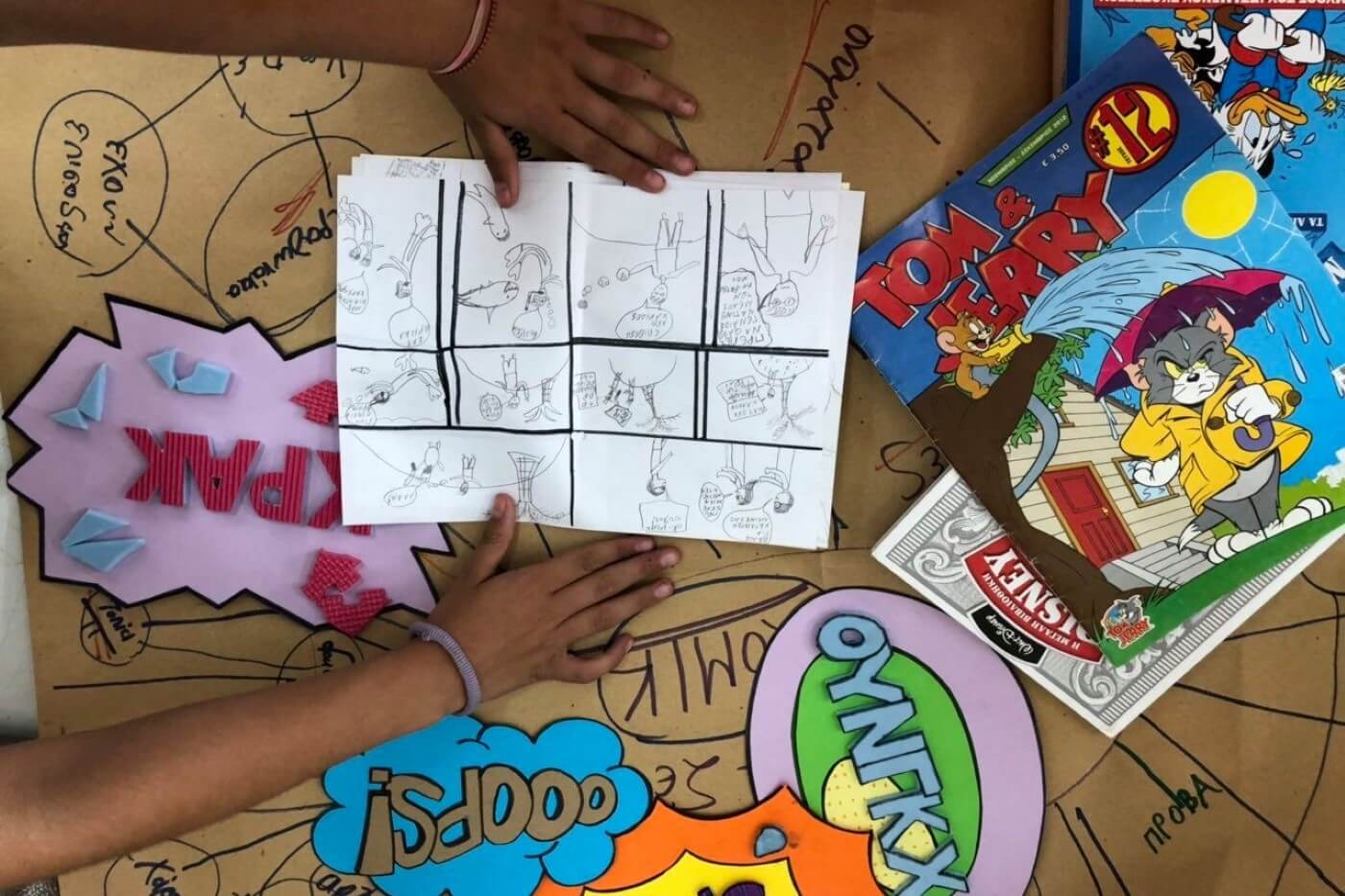
Designed for children’s development through play, the museum offers interactive learning:
- In the Bubble Room, children conduct physical experiments. The Pythagoras Room teaches geometry.
- Families can play together in the Family Room.
- The Kitchen allows children to learn chemistry while preparing simple dishes under supervision.
The museum has a shop selling educational and interactive toys. All activities are conducted in Greek, with no translator for foreign guests. The museum is open Tuesday to Friday from 10 AM to 2 PM, and Saturday and Sunday from 10 AM to 3 PM. It is closed in July and August.

